As long time readers may recall, I retired my beloved Canon Digital Rebel camera (which was a low end DSLR) last fall. I really, really wanted a high end Canon 5D mark II, but the price was simply prohibitively expensive (and they weren't released yet). Instead I replaced my Rebel with the 5D mark II's little sibling, the mid-range Canon 50D. The 50D has most of the features of the 5D mark II, really only lacking video and the full frame sensor, yet cost half the price.
When I got the 50D I immediately started shooting RAW instead of JPEG and switched from using iPhoto to Aperture to manage my photos. I've always been very interested in photography, but these three changes marked the point when I dove in more deeply.
At the same time I also purchased a pair of new lenses, a wide angle zoom (Canon EF 17-40mm f/4L USM) and a telephoto zoom (Canon EF 70-200mm f/4L USM). These are both on the low end of Canon's top of the line L series of lenses, and they're both much much nicer than any of the lenses I had used previously. In addition to the large apertures and great focusing, one of the neatest things about these two lenses is that the zoom mechanisms are internal to the lens on both. When you zoom in or out the lenses don't change length.
The camera itself is relatively heavy, and these two lenses with their large glass are heavy as well. Whenever I hand the camera to someone else, the first thing they mention is how heavy the camera feels. I prefer to think of it as solid.
After eight months of use I can say that I'm quite happy with the camera. It's not perfect, but it is very, very good. The resolution of the photos is very high. The focus is very fast and very sharp (particularly with the Canon L lenses).
The 50D (along with my newer lenses) have produced some of my favorite photos.
Canon EF 17-40mm f/4L USM (wide angle zoom)
The Canon EF 17-40mm f/4L USM is great indoors.
...and for portraits.
...and outdoors
...and it's perfect for landscapes
Canon EF 70-200mm f/4L USM (telephoto zoom)
The Canon EF 70-200mm f/4L USM lens is great for sports.
...and wildlife.
Canon EF-S 60mm f/2.8 USM Macro
The Canon EF-S 60mm f/2.8 USM Macro lens allows close-ups.
...and landscapes.
...and portraits.
I love almost everything about this camera. I can only really think of a few complaints. First, I always leave the camera in Auto White Balance mode. When I shoot indoors (usually without a flash) the white balance almost always needs adjusted. This is simple enough to do (though I can't always get it just right), but it's a little annoying sometimes.
Second (and this one's kind of big), is the camera is very noisy at higher ISO speeds. This model was supposedly much better than previous generation DSLRs, but it's not good. In most cases 800 and above are unusable, so I rarely shoot higher than 400. That by itself isn't atrocious. The bad part is that the automatic ISO mode will set the ISO up to 1600 (which is nearly always unusable), and it almost always errs on the side of setting the value too high. This means I can't use the automatic ISO mode and instead I have to set it manually. I usually use 100-200 outdoors and 400 indoors. I switch between indoors and outdoors multiple times per week so I always have to remember to change the ISO settings, but I often forget. I have two cheaper cameras that solve this problem with a simple setting allowing you to choose the maximum ISO value for the automatic mode. I would love to have a similar setting on the 50D. It's frustrating, but given that this is my biggest complaint about an extremely sophisticated piece of technology, it's not that bad in the scheme of things.
Third, the live view focusing is very slow. Other camera manufacturers have made this work (live view focusing on my Olympus E-420 is much faster). Additionally, the traditional half-press of the shutter button does not activate autofocus in live view, a separate button is required. Perhaps they did this on purpose because they knew their live view focus was so slow. Who knows. Regardless, it has room for improvement here.
This is by far the nicest camera I've ever owned (or even used). Quibbles aside, I wouldn't trade it for anything else (in the same general price range). I still dream of owning a full frame DSLR some day, but until that day comes, this one is a keeper.
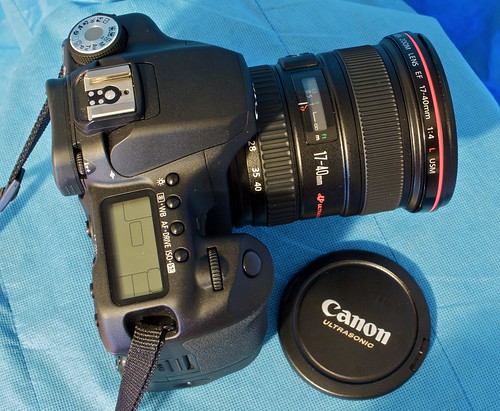

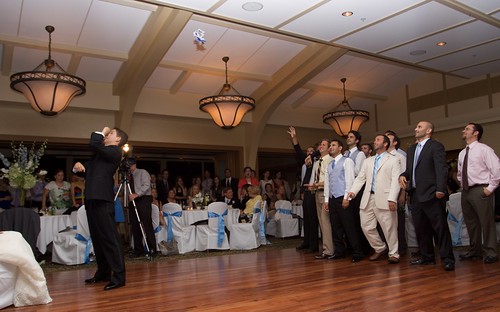
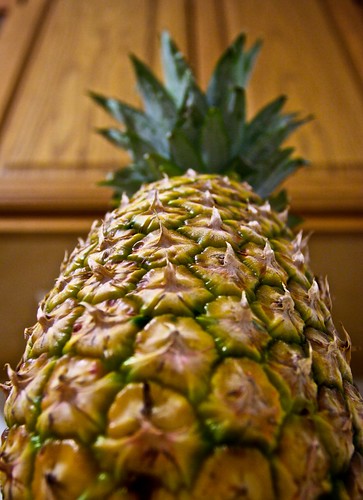
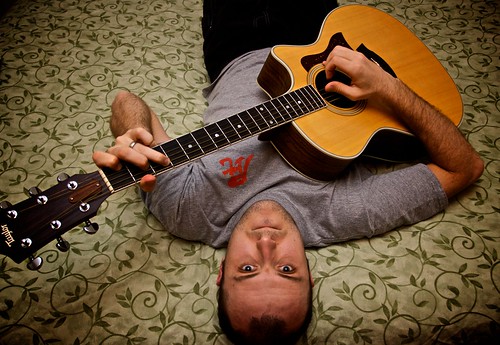
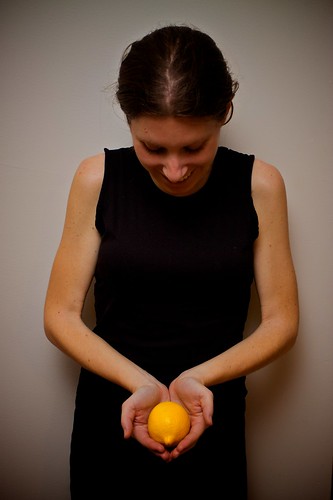

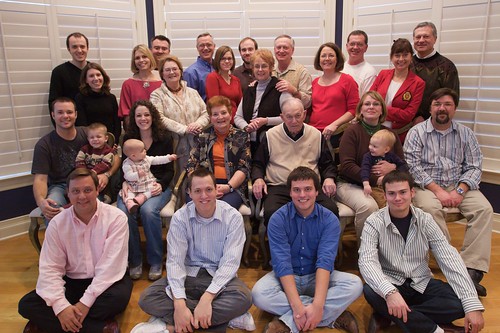
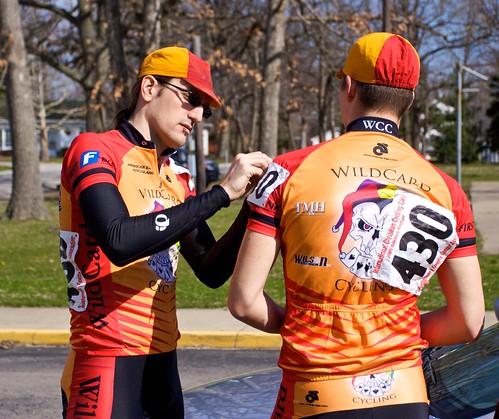
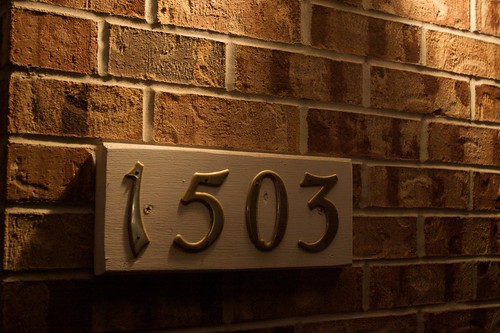
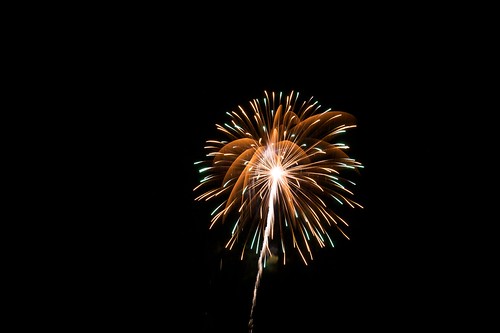
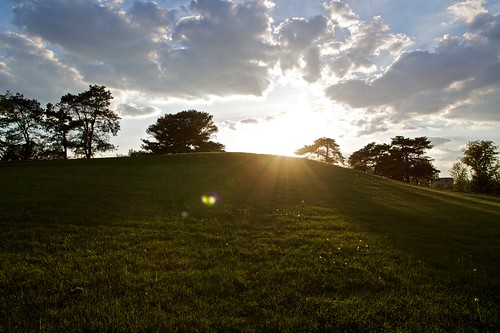
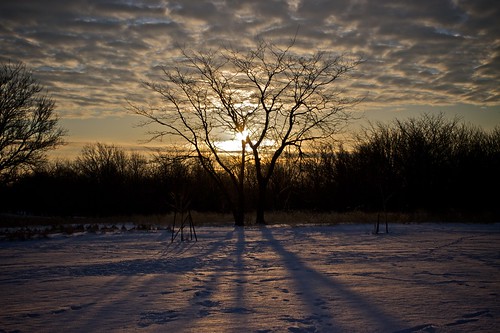
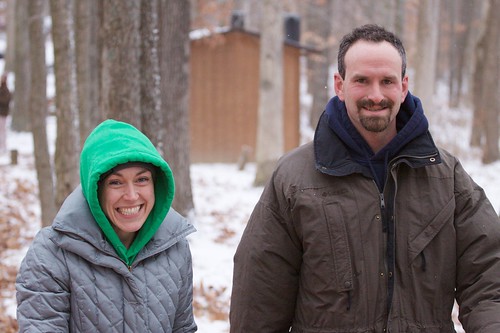
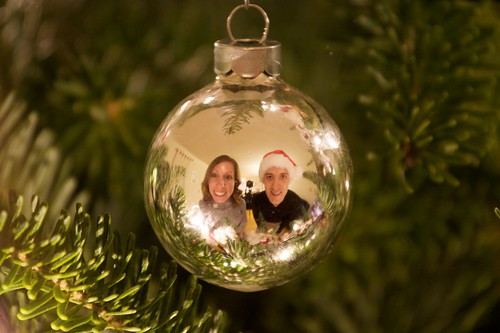
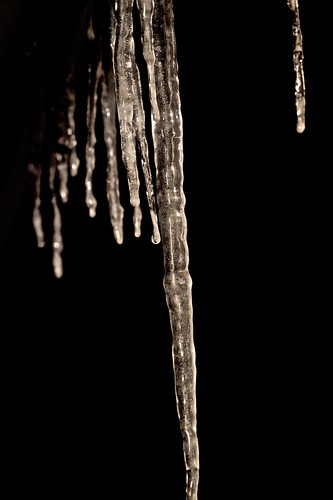
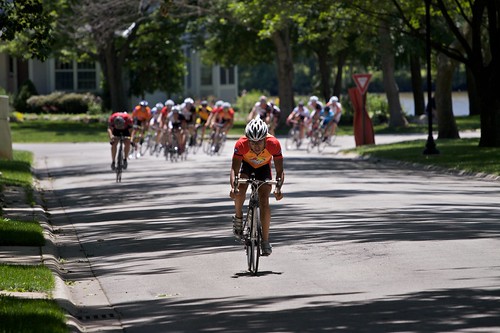
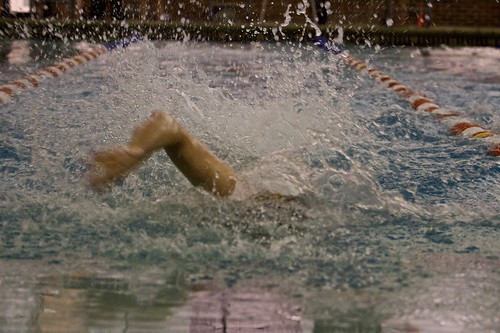
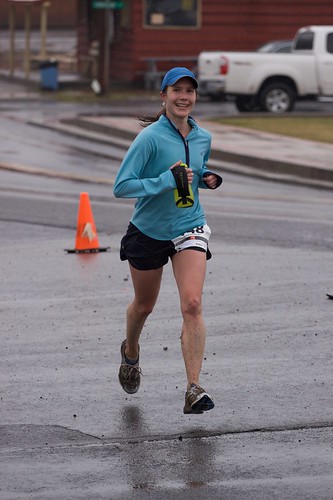
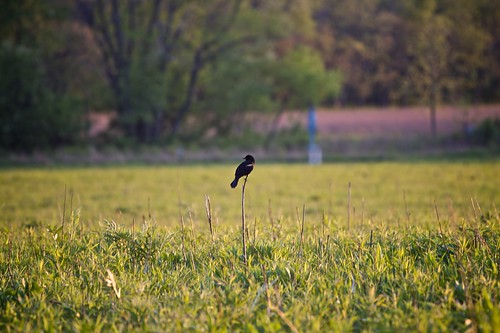
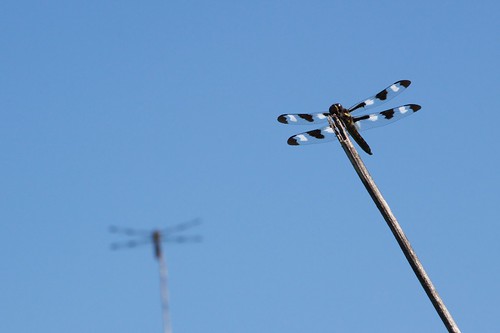
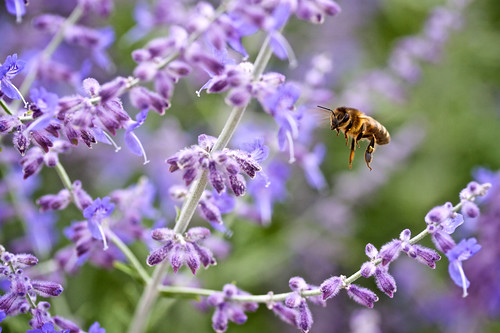
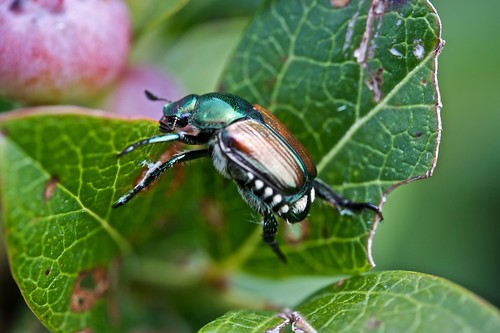
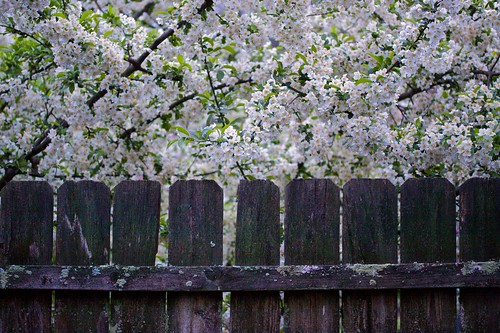
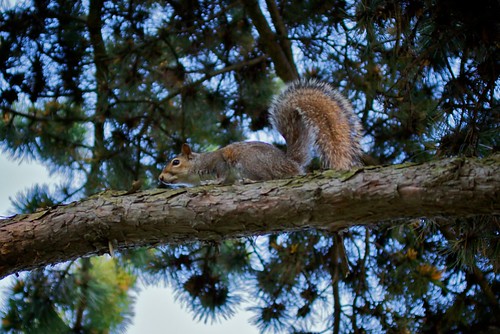
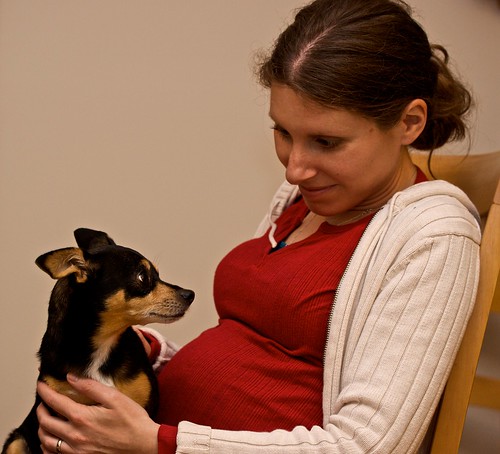

4 comments:
As I said in Peoria, your camera is a veritable weapon - very impressive.
Rob -
I have the 40D and have been shooting with it for a while. I'm a bit surprised to hear that you say the noise at 800 is unusable. For my camera, 800 is fine. I *may* think about noise reduction (Noise Ninja) if the picture is particularly dark. ISO1600 on my camera is only okay. Judicious noise reduction is required.
One last note, I used to use Aperture as well and while I like it's library management style, I really just can't stand it's editing capability. If you can spare the extra $100 (assuming a student discount) I'd *highly* recommend Lightroom.
Anyhow, I could go on an on about this subject but I'll just stop here.
Just as a point of reference, you can check out my blog (http://njungels.wordpress.com) or flickr stream for some pictures for reference.
Nick.
Nick, thanks for your comments. I may have been a bit too harsh in stating ISO 1600 is unusable. At ISO 1600 noise is clearly visible in all photos. It doesn't ruin the photos, though it does degrade the quality. There are certainly many cases where I'd prefer a noisy photo over no photo at all.
As far as ISO 800 goes, I've really only used it very rarely. When I was trying to fix my auto-ISO problems (at ISO 1600) I tried all the settings. I remember my test shots had visible noise at ISO 800, so I just never tried it again. Given my limited sampling I can definitely concede that ISO 800 may be quite usable sometimes. Perhaps I'll give it another try.
-Rob
Wow great shots! I'm thinking of making the move to digital (I know, I know, but I've published with the film and I still love it) and was thinking of the Canon 50D as a decent starter. I'm borrowing one next week to shoot some indoor corporate-types with awful lighting... any tips? Should I leave everything on Auto for starters?
Alden
Post a Comment